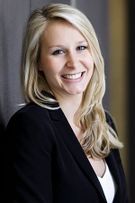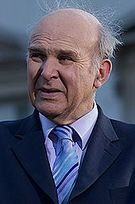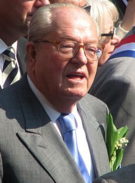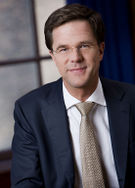| This page is a work in progress by its author(s) and should not be considered final.
|
Kiribati-Tarawa general election, 2017

|
2012 ←
|
25 March 2017
|
→ 2022
|
|
|
All 650 seats in the House of Commons
326 seats needed for a majority
|
| Turnout
|
70.1% ( 1.7%) 1.7%)
|
|
|
First party
|
Second party
|
|
|

|

|
| Leader
|
Catherine Willoughby |
Edward Wilson
|
| Party
|
Conservative
|
Labour
|
| Leader since
|
14 April 2014 |
12 January 2009
|
| Leader's seat
|
Conningridge |
Nuffield West
|
| Last election
|
326 seats, 37.3% |
221 seats, 32.0%
|
| Seats before
|
326 |
221
|
| Seats won
|
337 |
201
|
| Seat change
|
 11 11 |
 20 20
|
| Percentage
|
40.1 |
30.4%
|
| Swing
|
 2.8% 2.8% |
 1.6% 1.6%
|
|
|
|
Third party
|
Fourth party
|
|
|

|

|
| Leader
|
Angus McClellan
|
Michael Whittaker
|
| Party
|
Tarawan National
|
Liberal
|
| Leader since
|
10 June 2010
|
22 February 2017
|
| Leader's seat
|
Keirhardie
|
Westminster South
|
| Last election
|
0 seat, 8.0%
|
102 seats, 17.0%
|
| Seats before
|
1
|
102
|
| Seats won
|
59
|
53
|
| Seat change
|
 58 58
|
 49 49
|
| Percentage
|
10.4%
|
21.1%
|
| Swing
|
 2.4% 2.4%
|
 4.1% 4.1%
|
|
|
The Kiribati-Tarawa general election of 25 March 2017 elected 650 members to the Kiribatian House of Commons. The election was called on 7 March 2017, with only 18 days allocated for the campaign after prime minister Catherine Willoughby made a formal request for a dissolution to the King. The election was a snap poll, and no minor parties or independents won seats.
The election was the first for Catherine Willoughby's premiership and the first election in which the re-established Liberal Party, formed as merger between the Liberal Democrats and the Coalition for Compromise, stood for election in a combined list of Liberal Democrat and Coalition MPs. It was also the first general election in which candidates from the Tarawan National Party won seats in the House of Commons. The election was also the first time that a party led by a woman had won a general election.
Polling for the election had, up through election day, predicted a hung parliament, with the Conservatives losing seats, but Labour not gaining enough to govern, leaving Willoughby to lead a minority or coalition government. The polls, however, did not sufficiently account for the vote-splitting effect of the newly reformed Liberal Party, which sapped votes from Labour candidates in many key constituencies, allowing the Conservatives to actually gain 11 seats and grow their one-seat majority to 12.
Election process
The election was conducted by the Royal Board of Elections using a first-past-the-post voting system. All adult non-felons aged 18 years or older were eligible to vote, provided they had registered by the deadline to be placed on the electoral rolls. Voters voted in the constituency of their residency to elect one member of parliament (MP) per constituency. Candidates for each constituency were drawn from party lists filed with the Royal Board of Elections; independent candidates could be added to the ballot by submitting a petition with 1,000 verified signatures.




